As mentioned, I’ve had the pleasure and privilege of sharing Google Expeditions with THE Karly Moura at MDUSD’s 3rd Annual STEM & EdTech Symposium. This was our second year sharing Google Expeditions to educators all over the SF Bay Area. Google Expeditions is truly a wonderful platform to take students on virtual fields. If you have not explored Google Expeditions, I highly encourage you to invest some time to try it out. You'll want to have at least two devices - one for the guide and one for the explorer. It's definitely worth your time.
One exciting addition to Google Expeditions is their new AR platform that you can experience by signing up for their Pioneer Program. I had the pleasure of being selected for their Pioneer Program. I partnered with Valerie Sabbag - fifth grade teacher at Fairmeadow Elementary School in the Palo Alto Unified School District - to bring Google Expeditions to her school. It was exciting to see the second grade through fifth grade students at Fairmeadow experience AR. Students learned more about the solar system, explored California Earth Science, and also got up close and personal with dinosaurs. The tweets below were from the Google Expeditions AR experience at Fairmeadow on October 20, 2017. Sign up for the Google Expedition Pioneer Program here.
|
|
Merge Cubes
|
I first learned of the Merge Cube through an Instagram post (embedded on the right) by Ann Kozma. Holy cow! What is that and why did you buy a trunk full of them? I immediately asked Ann about the Merge Cube and she shared this link with me: An Educator's Guide to Augment Learning with Merge Cube. Holy cow! There's a whole page dedicated to the Merge Cube? And then after reading the webpage ... Holy Cow! They are $1 each?!?! Holy Cow! Teachers are buying them out?!?! Before even finishing the webpage I immediately went to my local Walmart to find the one dollar Merge Cube. The day ended with me buying 43 Merge Cubes. Holy Cow!
When I finally opened a box and played with it, I immediately saw why it was such a hot item and why teachers are buying out every package they find at their local Walmarts. There are so many educational purposes for the Merge Cubes. Plus at the cost of one dollar a piece! It's amazing to see how the price has come down from $15 to $8 (available on Amazon) to $1 at Walmart. No wonder teachers are clearing the shelves. It's a real life example of Supermarket Sweep. |
|
Update as of Monday, March 12, 2018
After meeting with the science coaches of the South Bay Science Collaborative, I went out and found a local Walmart with more cubes. I knew the coaches of the group wanted to buy some for their districts (Cupertino, Los Altos, and San Mateo-Foster City) so I called them to ask how many they wanted. That afternoon I left the store with 106 Merge Cubes. I can't wait to hear how about the experiences from the students in those district. If you're at all interested in adding AR & VR into your classroom, with or without the Merge Cube, join that Voxer group. The educators there are sharing so many amazing resources all the time. A Merge Cube related resource that was recently shared by Jaime Donally was a printable template for the Merge Cube! It won't be as accurate as having the physical cube but it's something to try. |
|
Update as of Thursday, March 15, 2018
Love seeing how the wonder of the Merge Cube and the sharing through social media has spread. Just saw a tweet from Marilyn McAlister with pictures of her students experiencing the Merge Cube! |
|
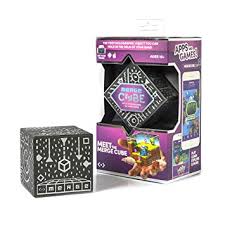
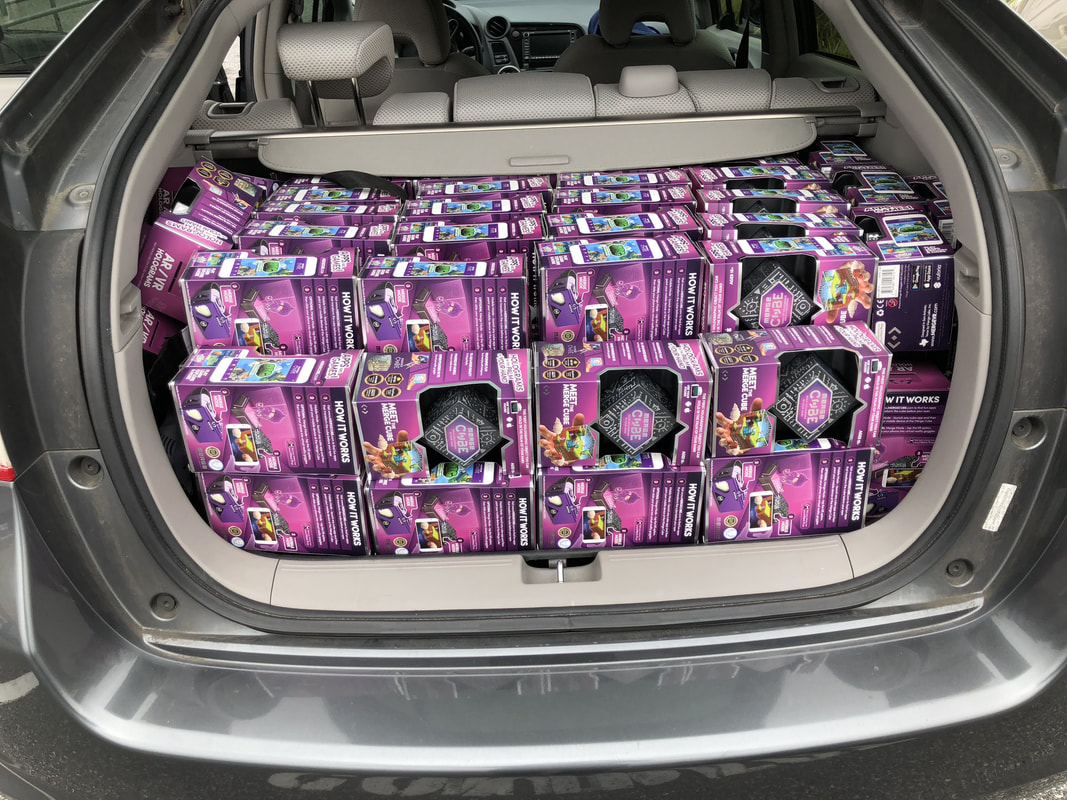
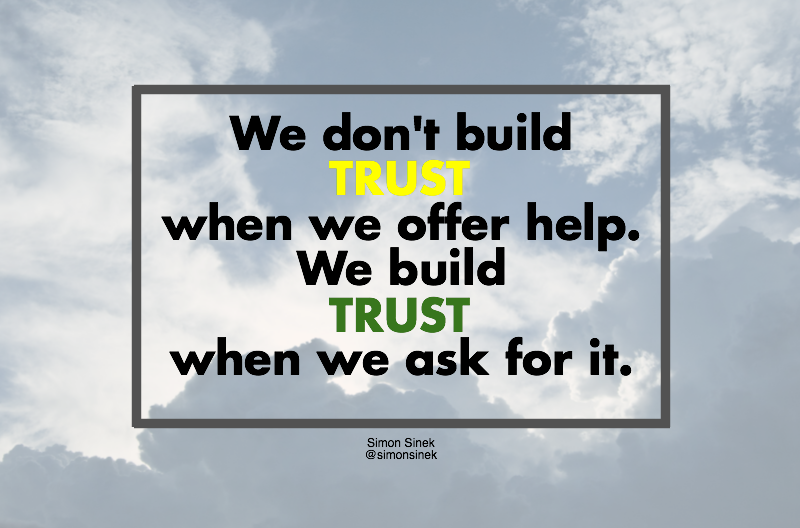
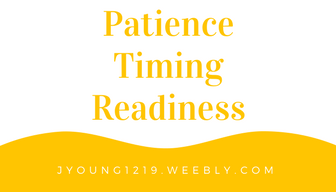
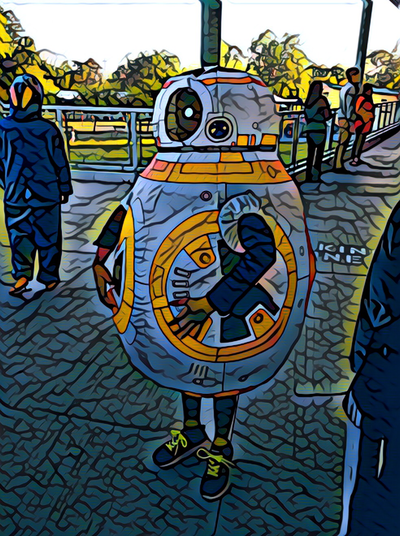
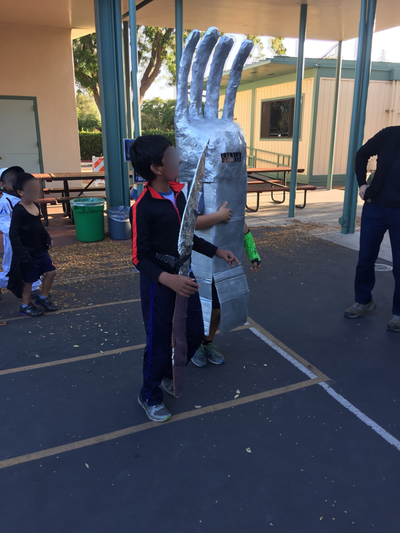
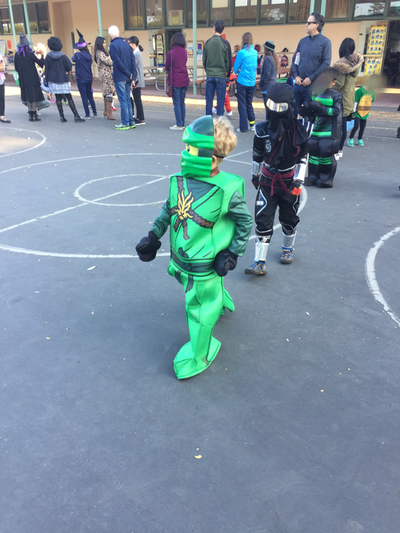
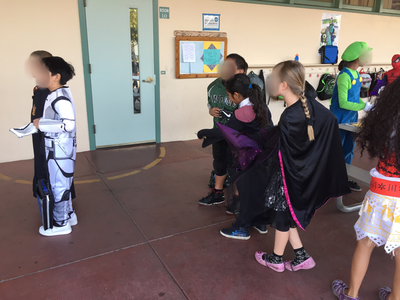
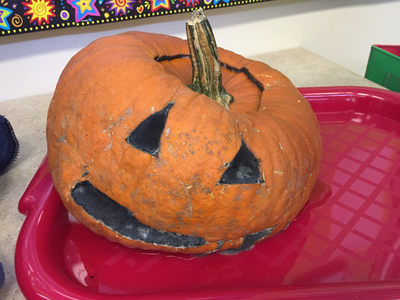
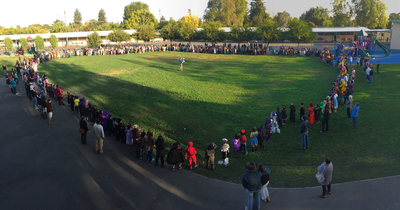
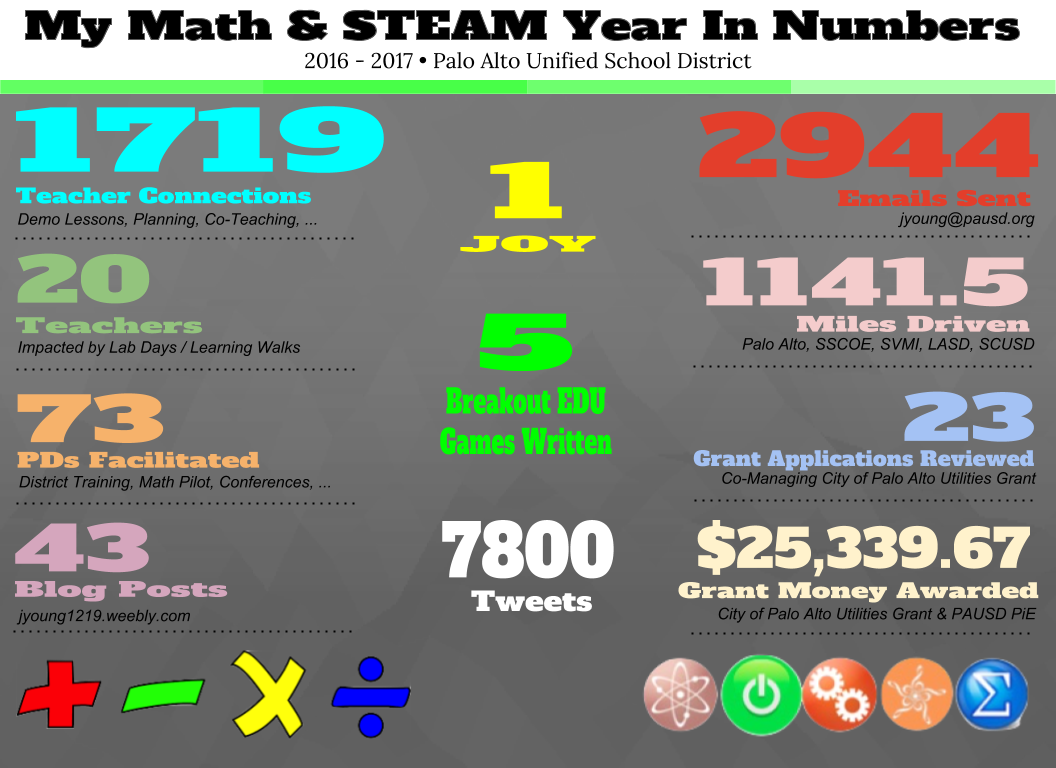
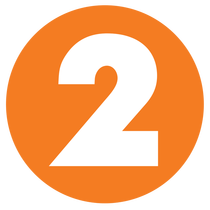
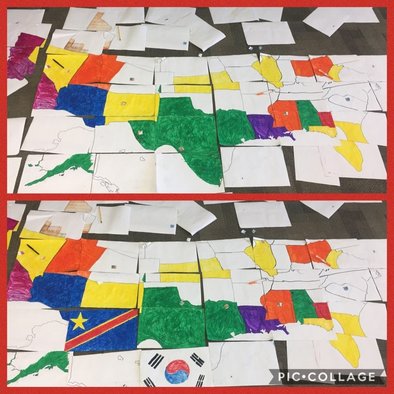
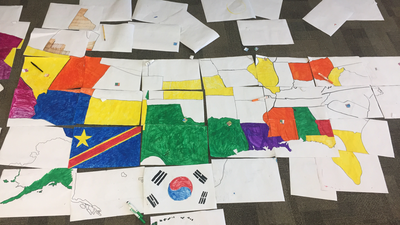
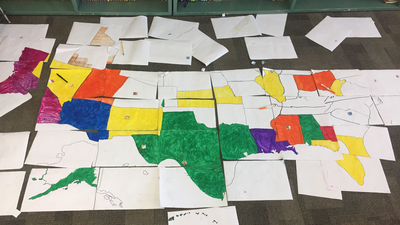
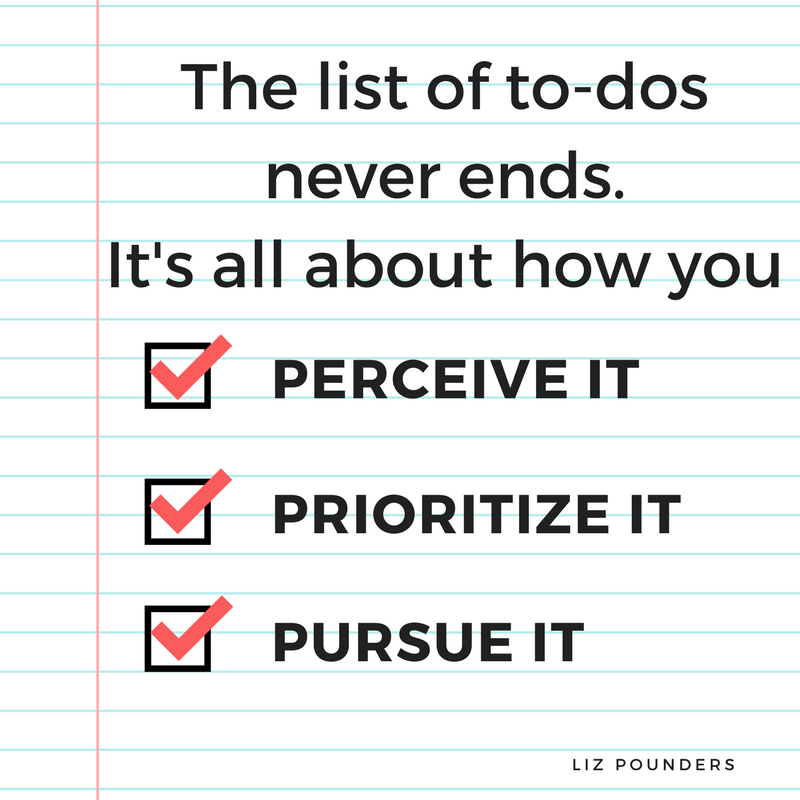
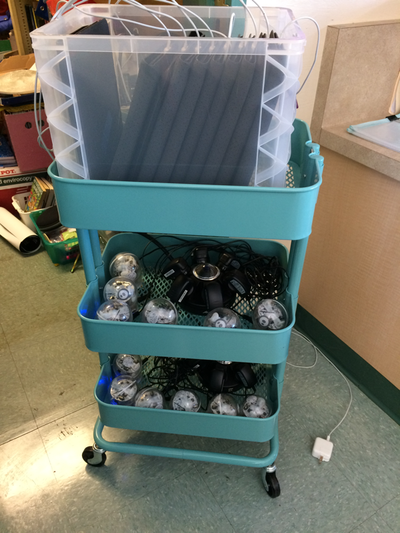
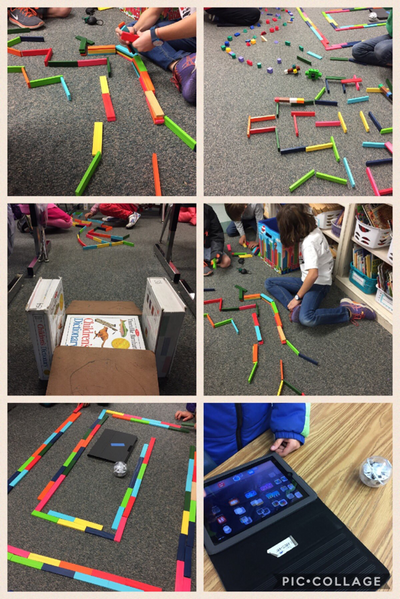
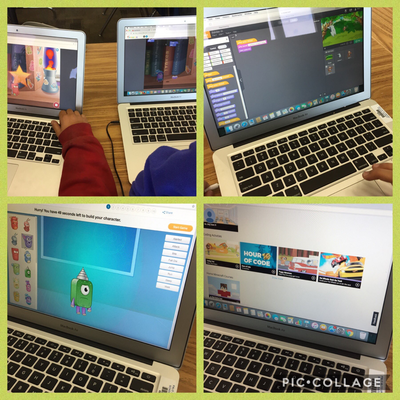

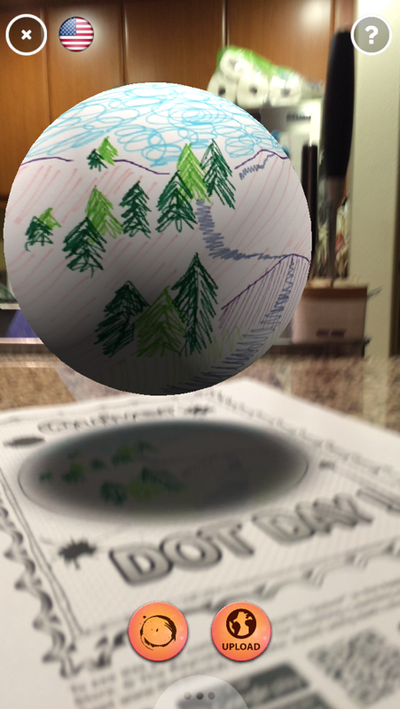
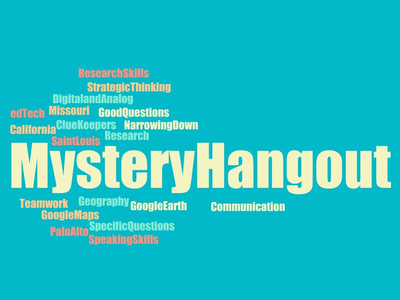
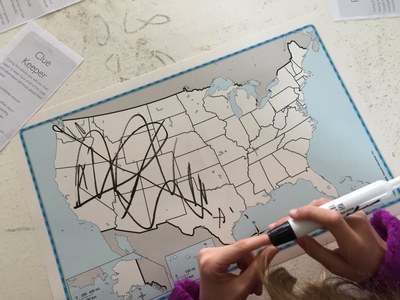
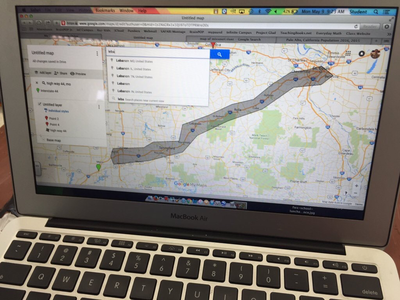
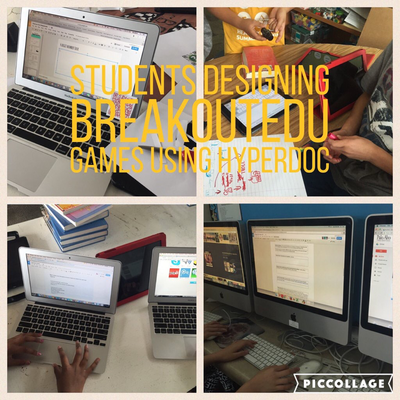
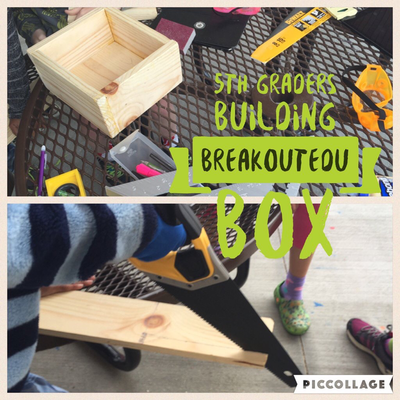
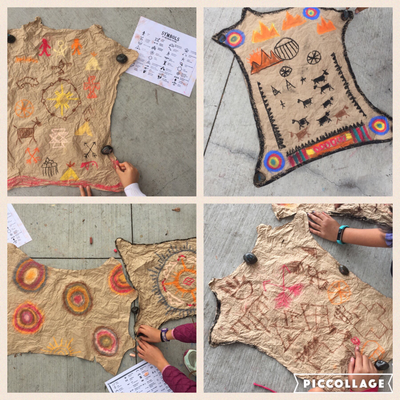
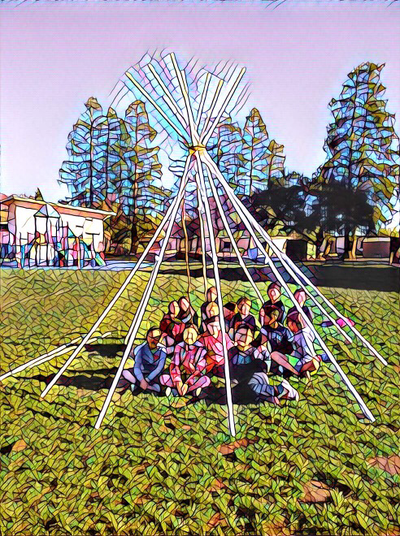
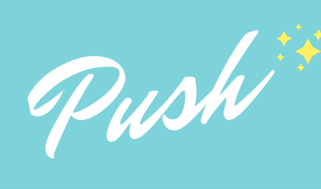
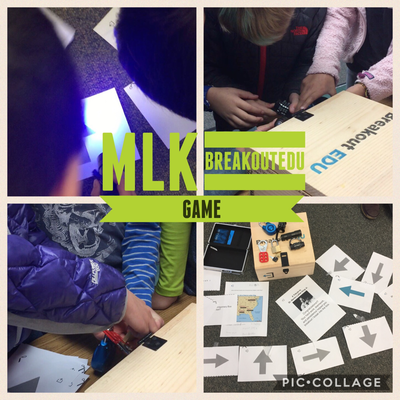
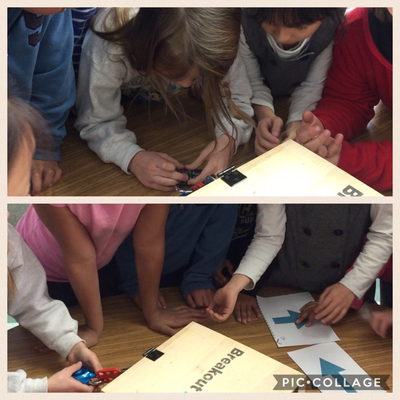
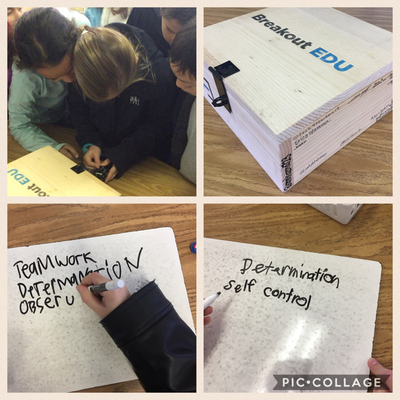
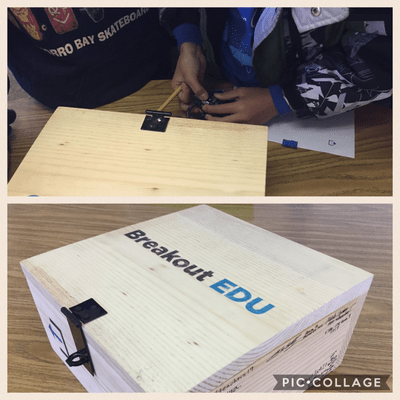
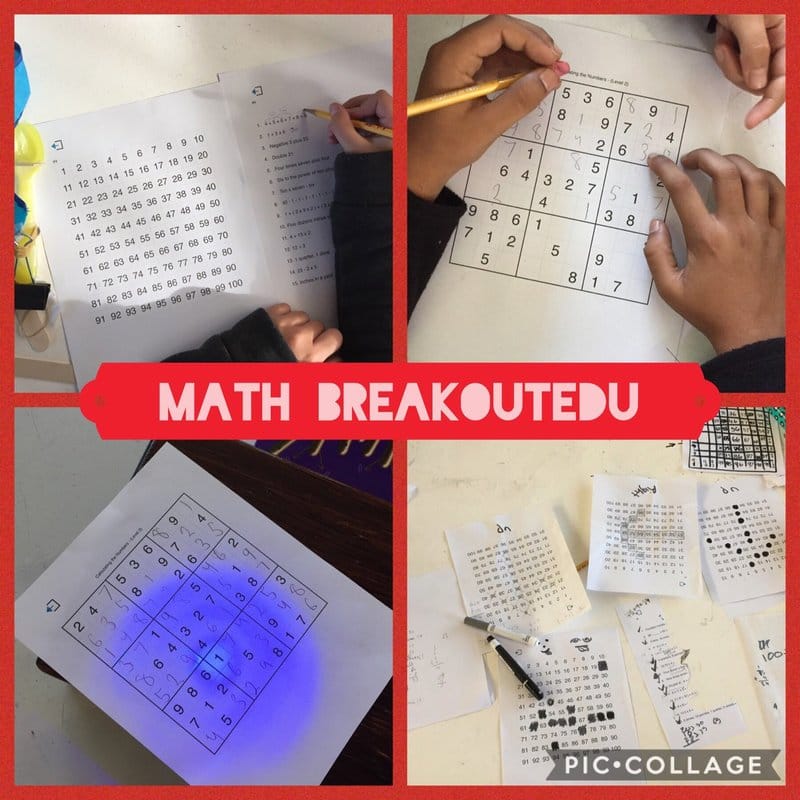
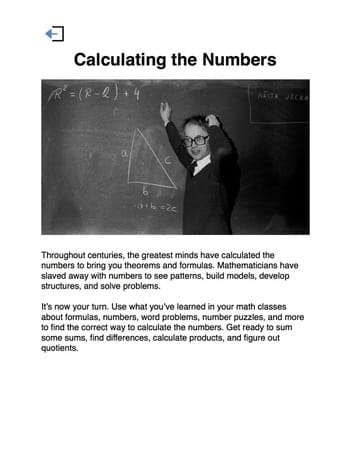
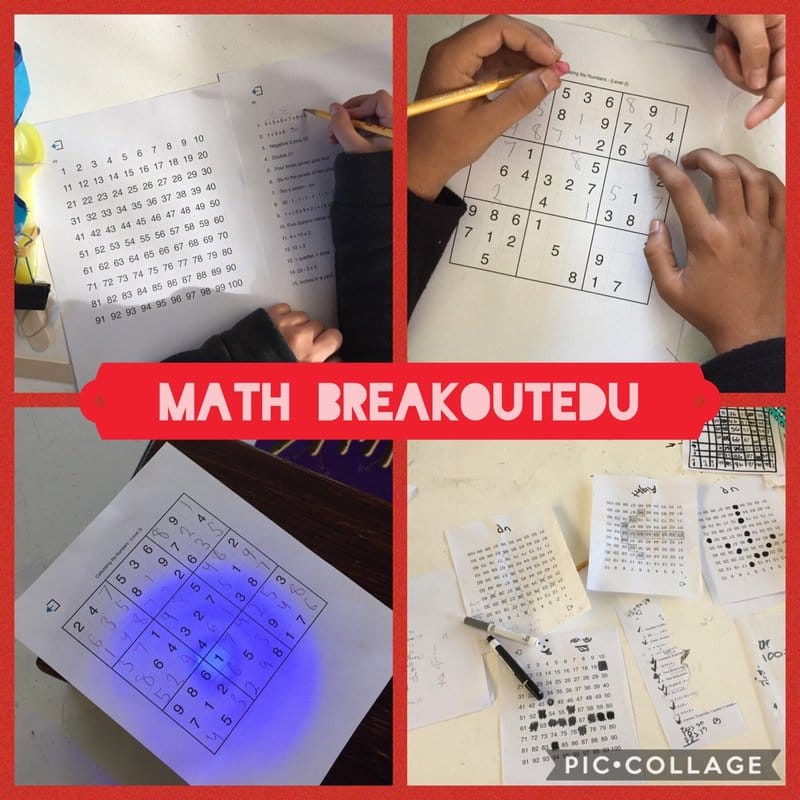
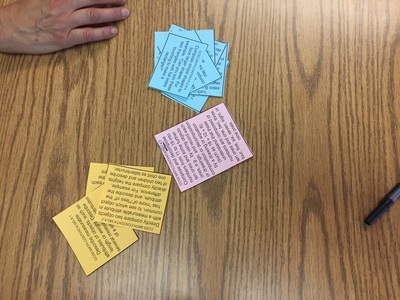
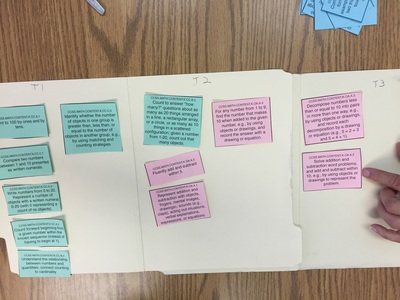
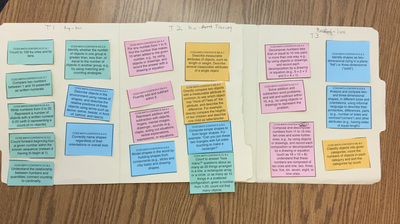
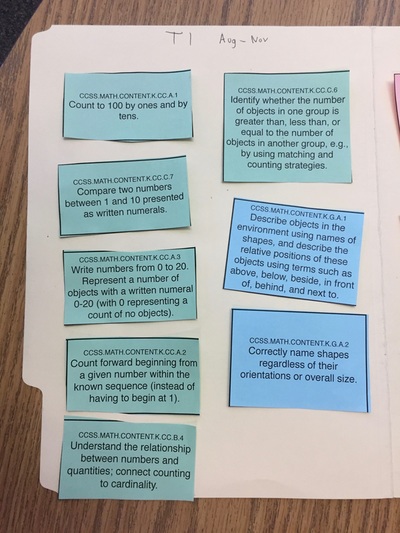
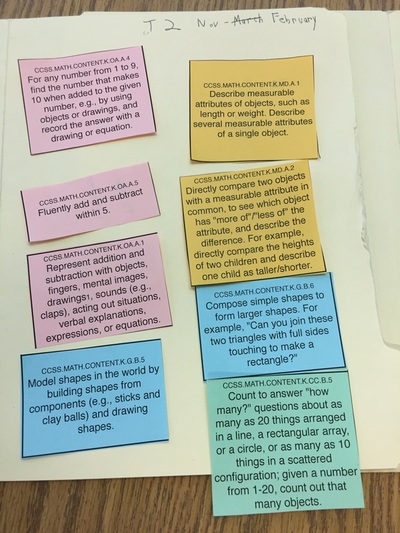

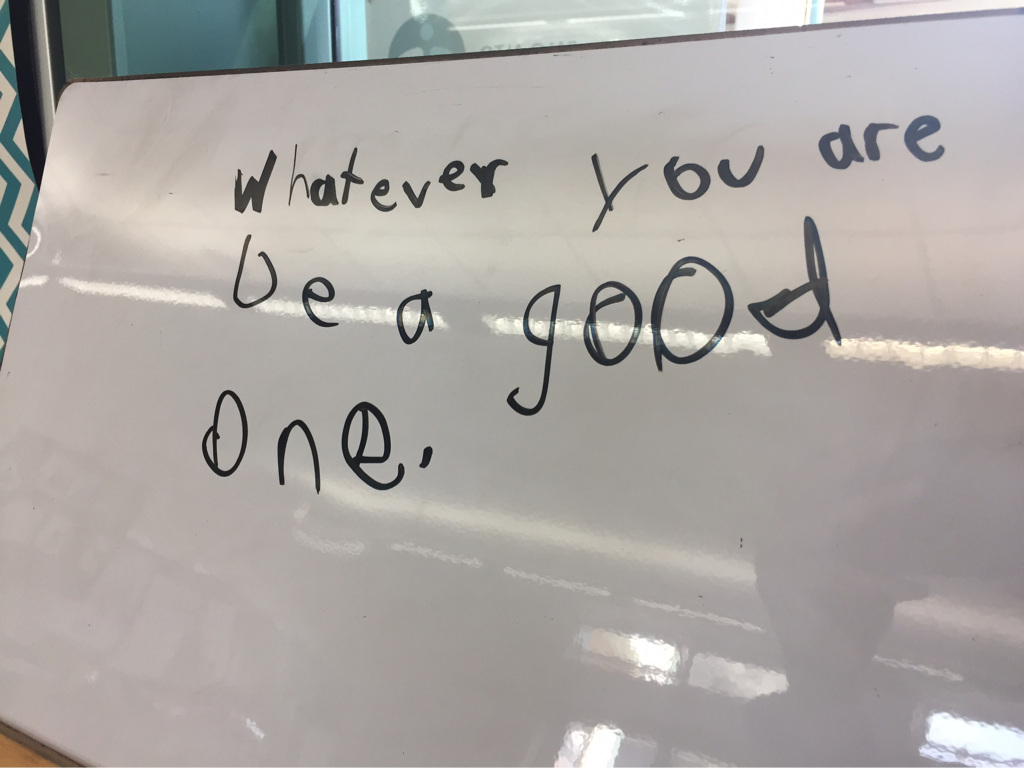
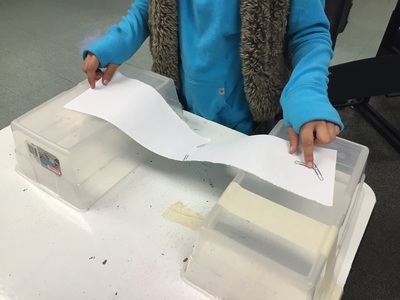
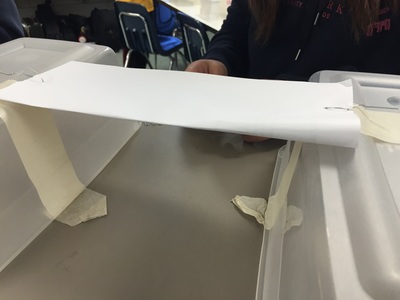
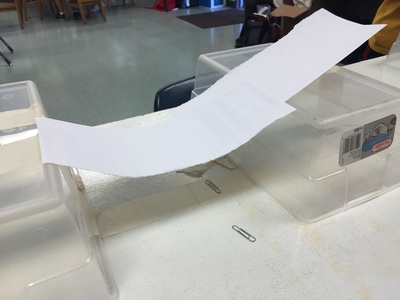
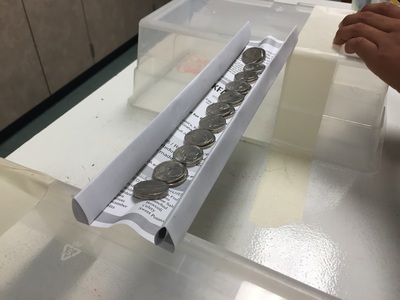
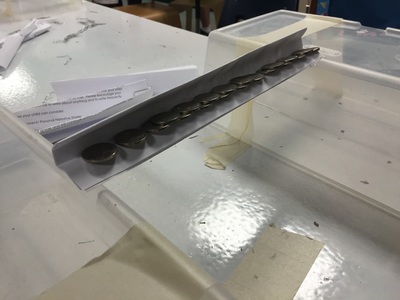
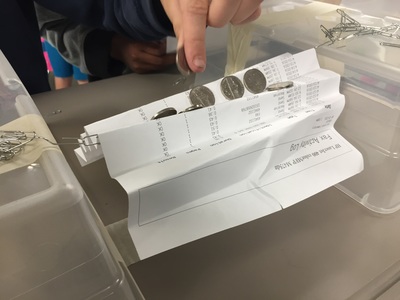
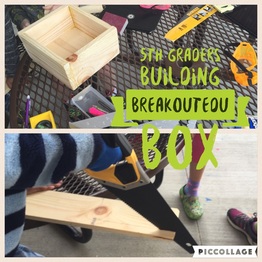

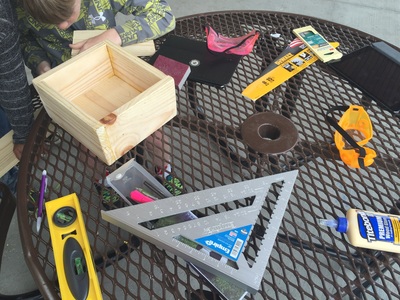
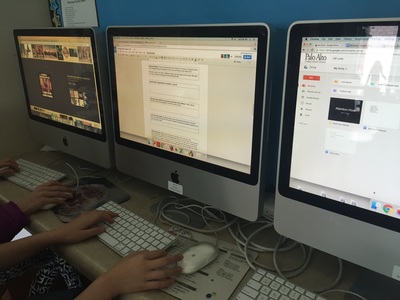
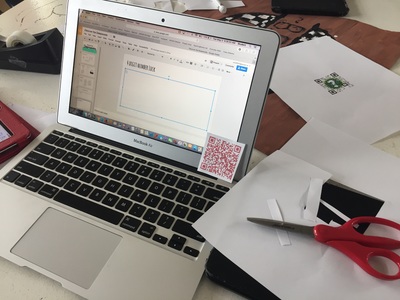
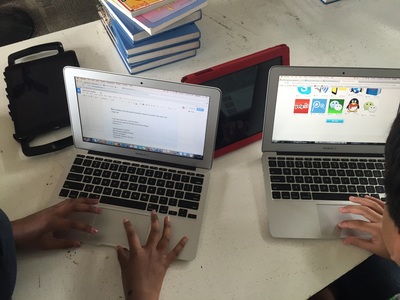
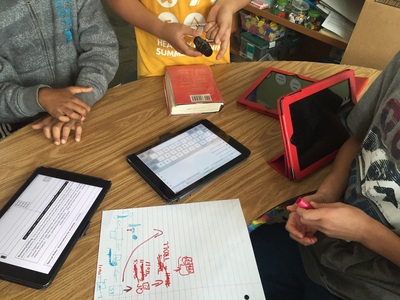
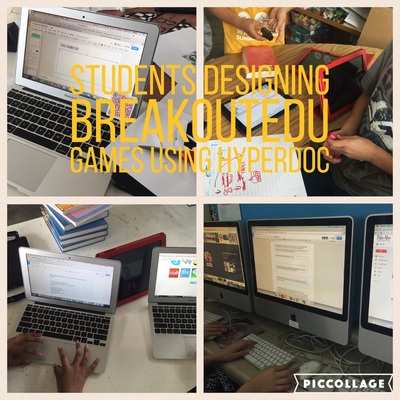
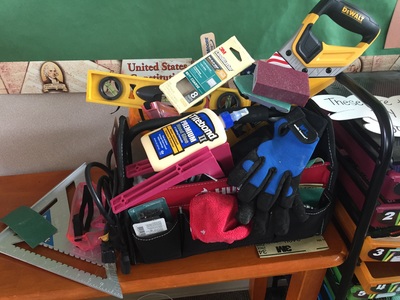
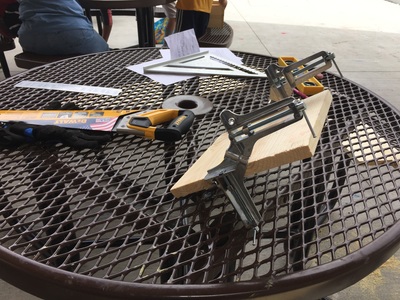
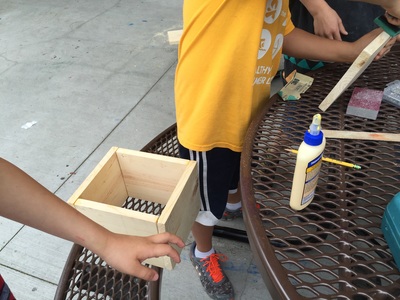
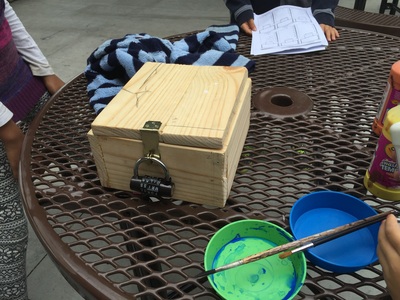
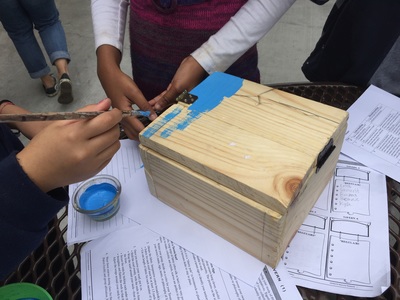
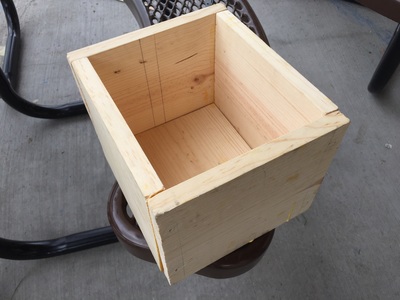
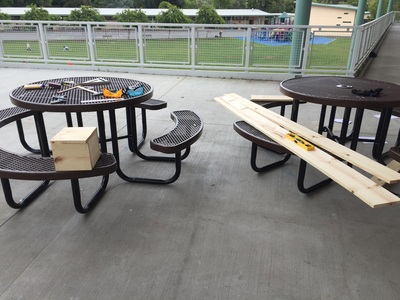
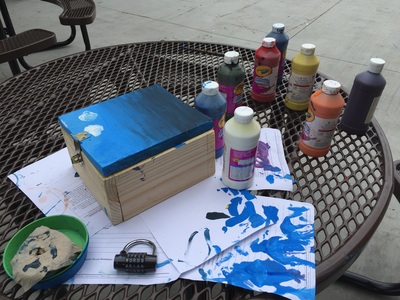
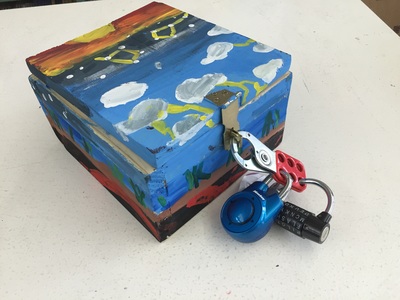
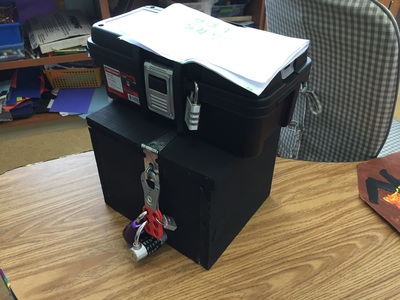
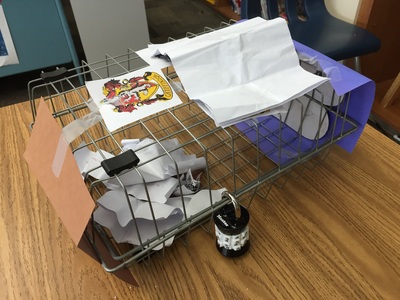
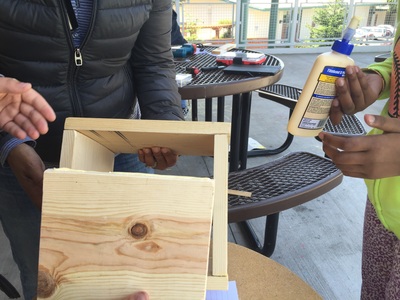
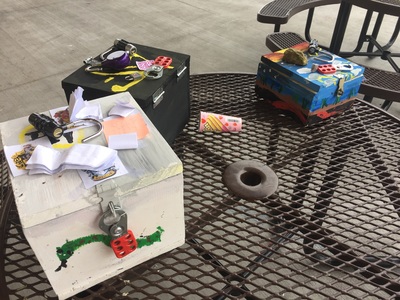
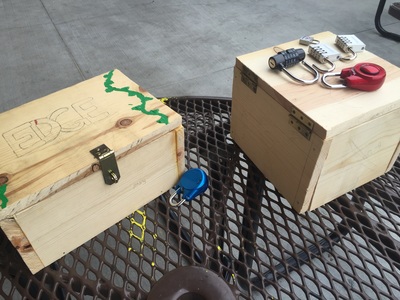
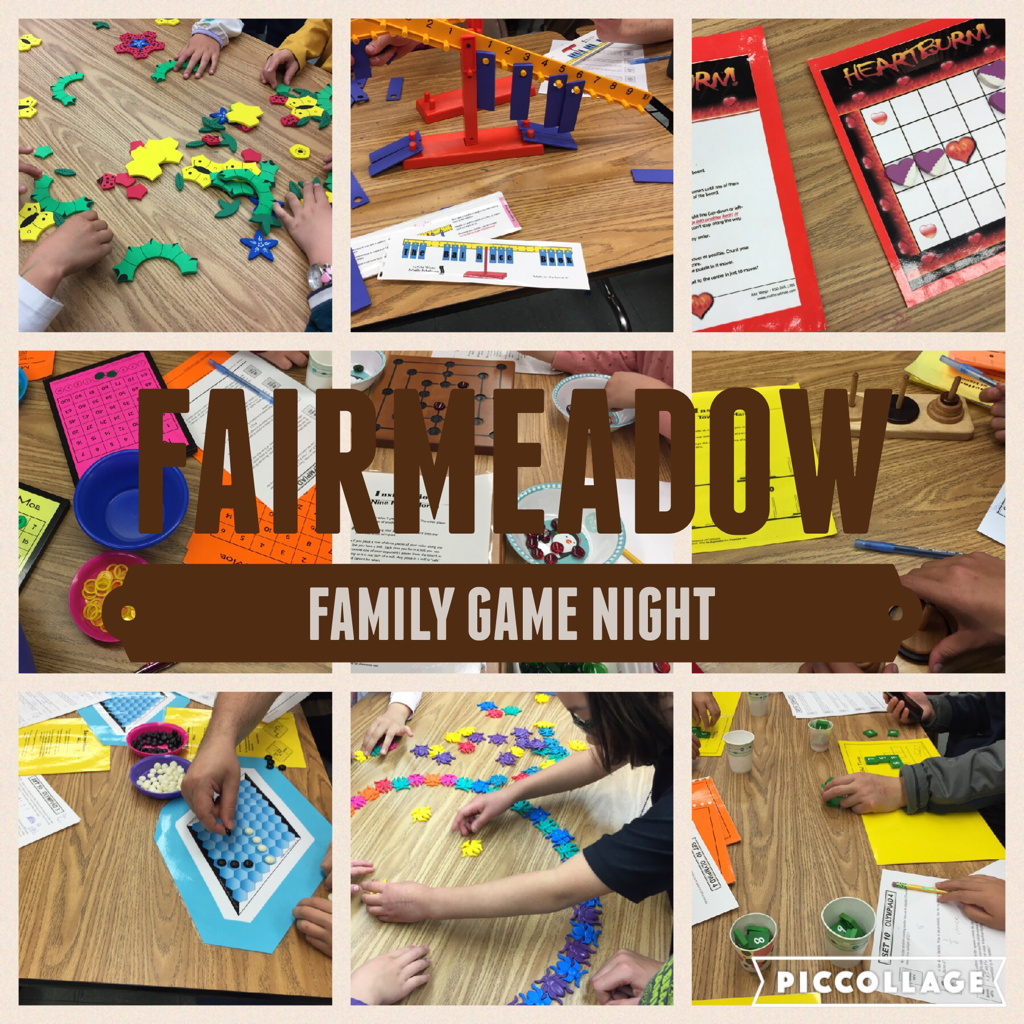
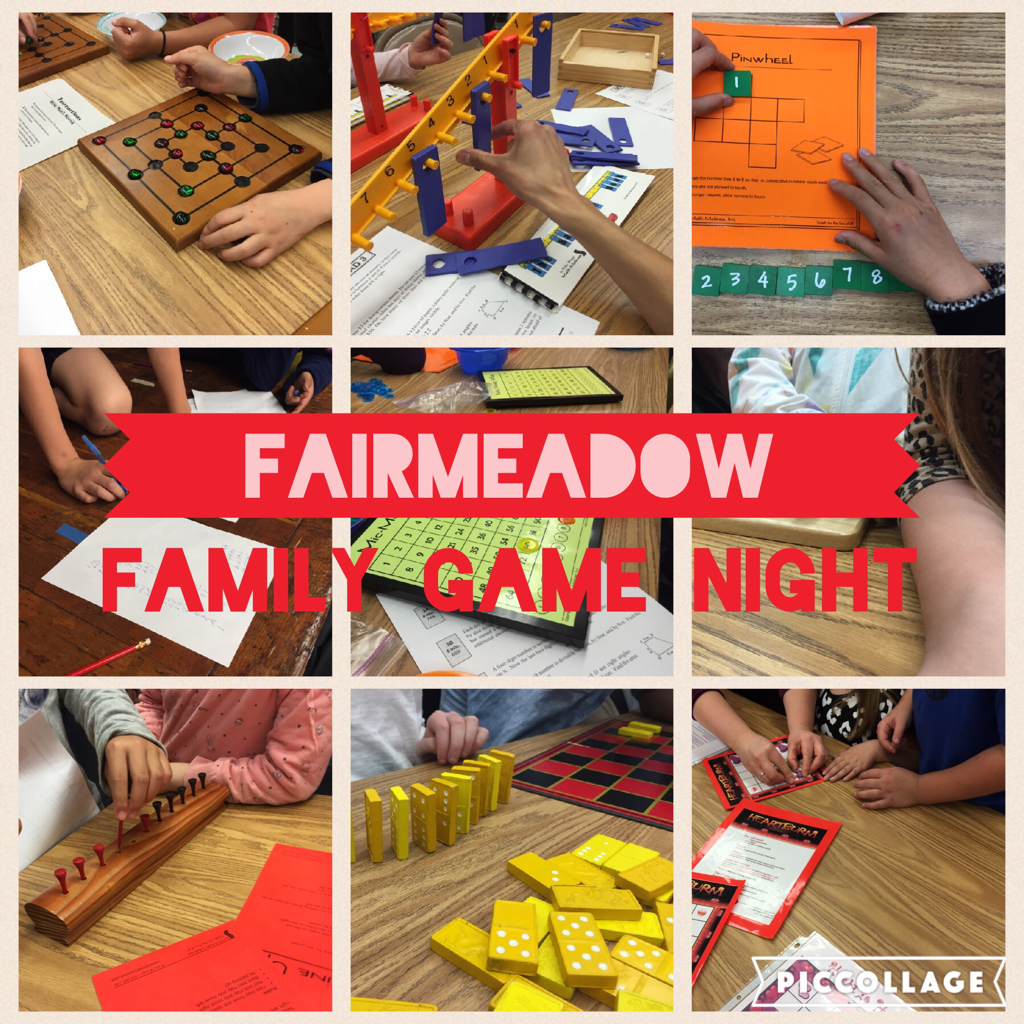
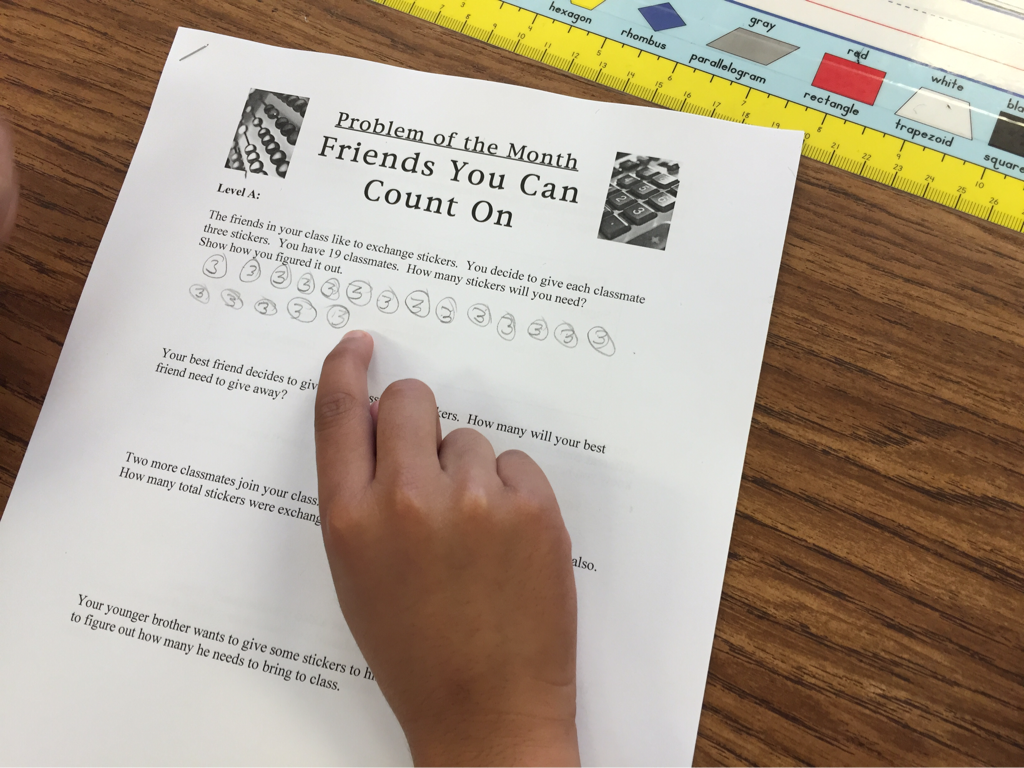

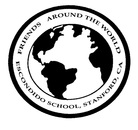
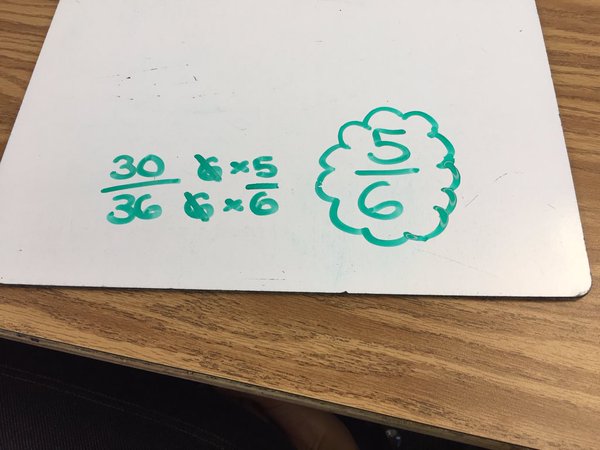
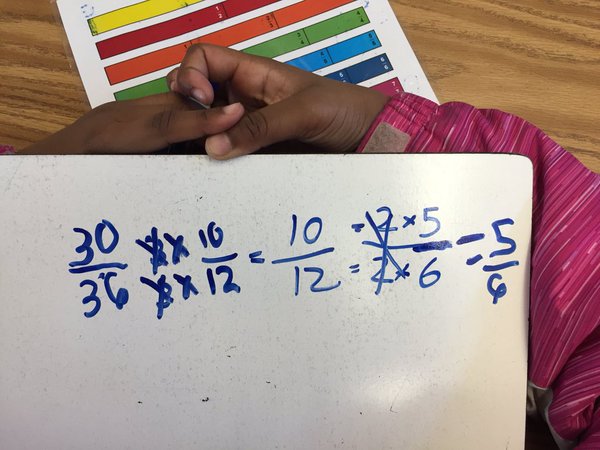
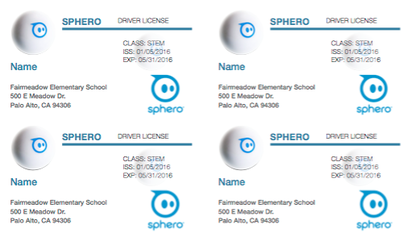
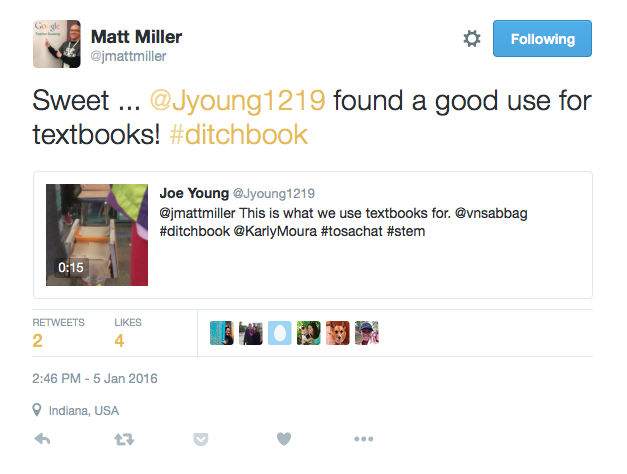
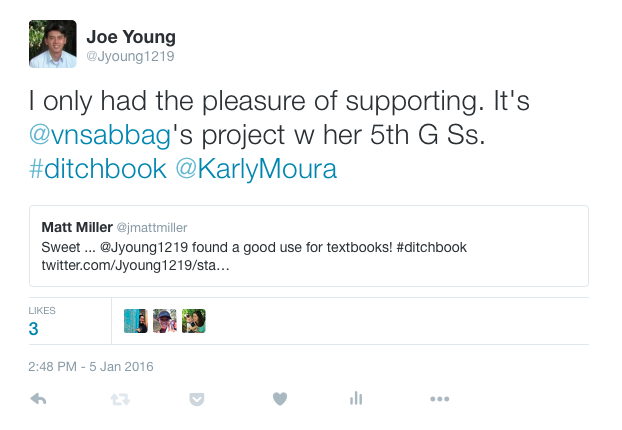
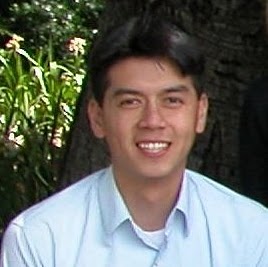
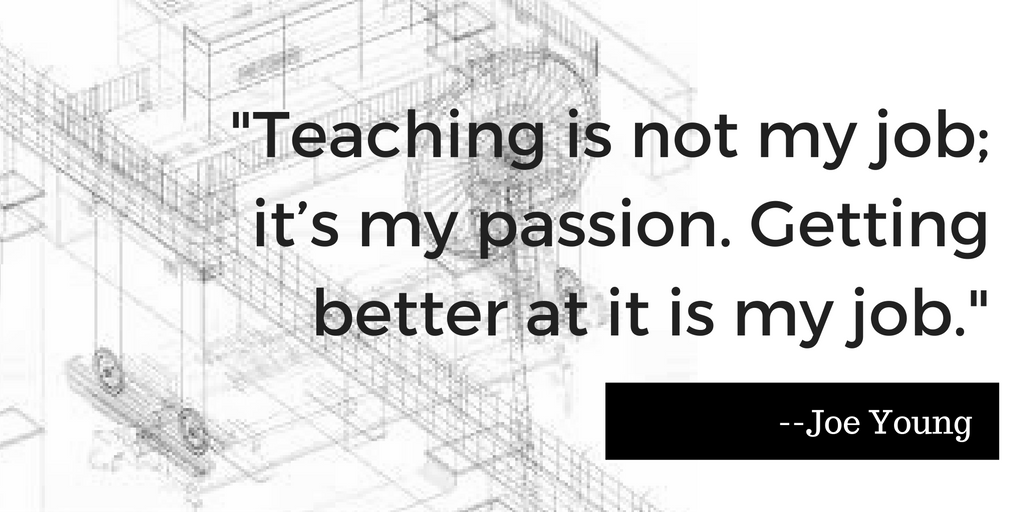
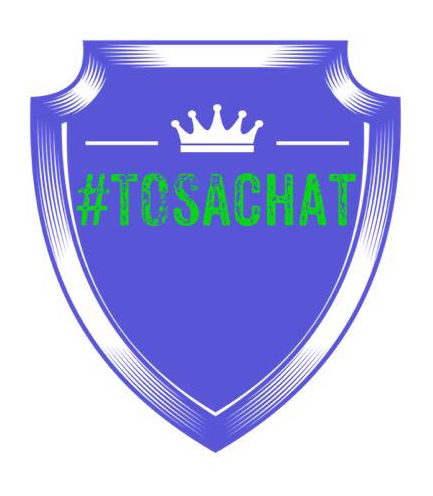
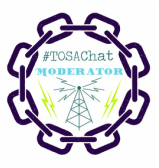
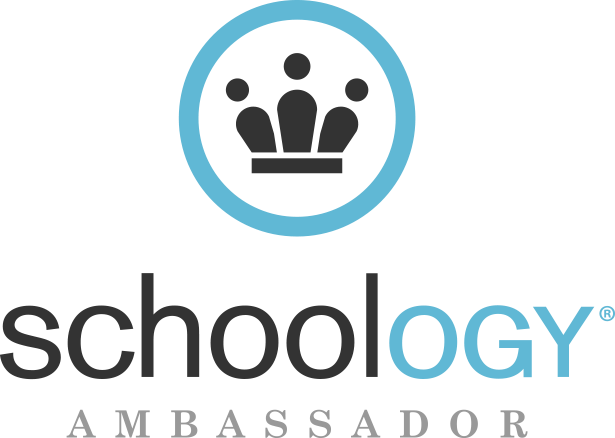
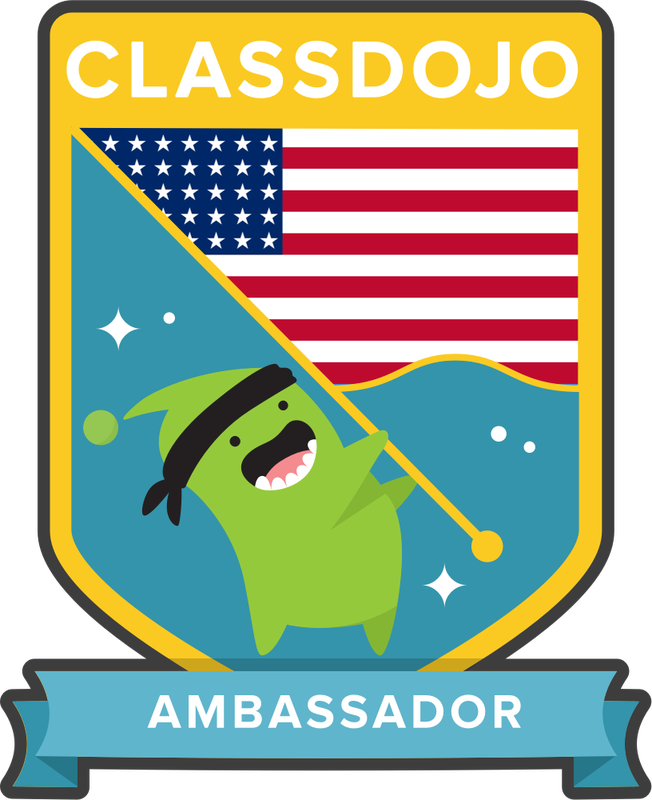
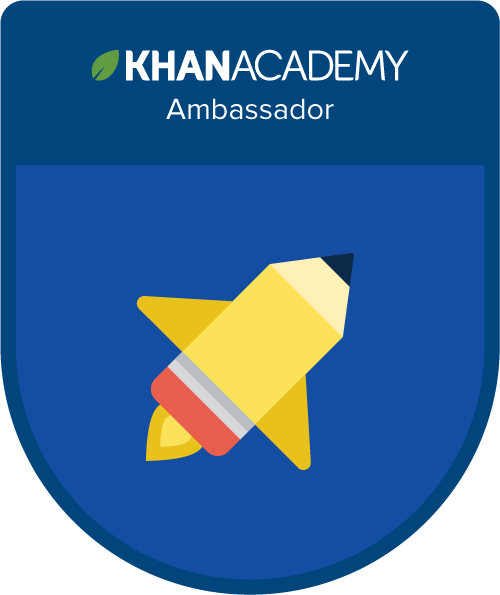
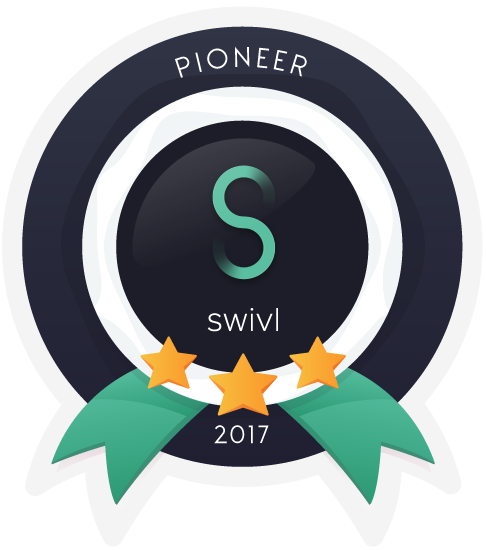
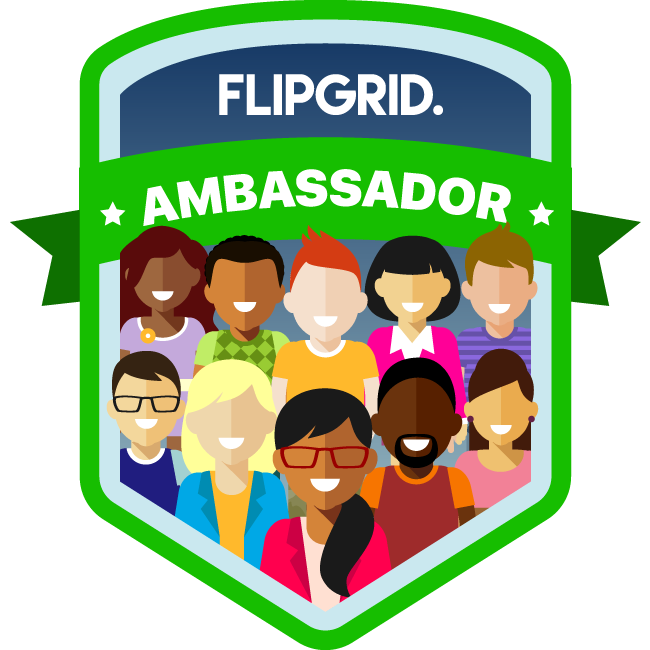
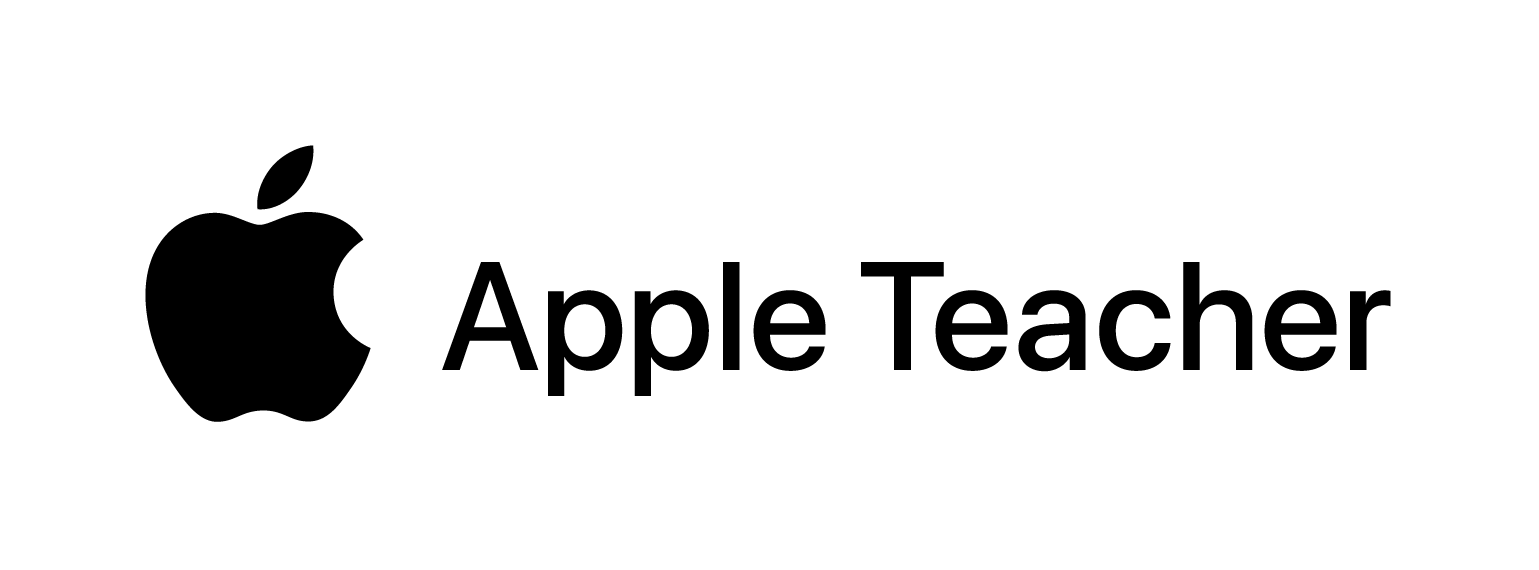
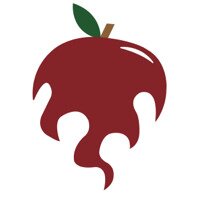
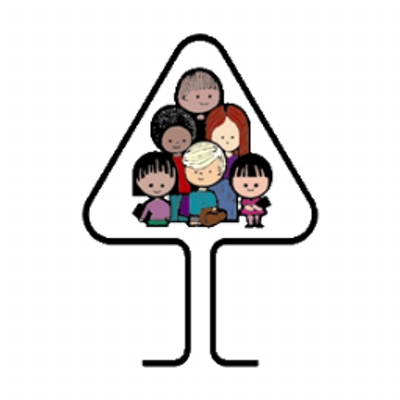
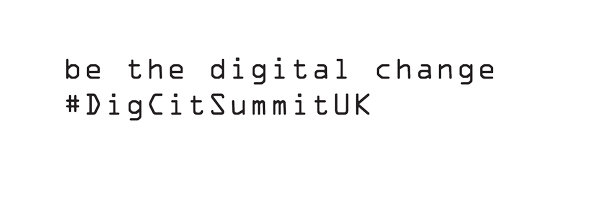

 RSS Feed
RSS Feed
